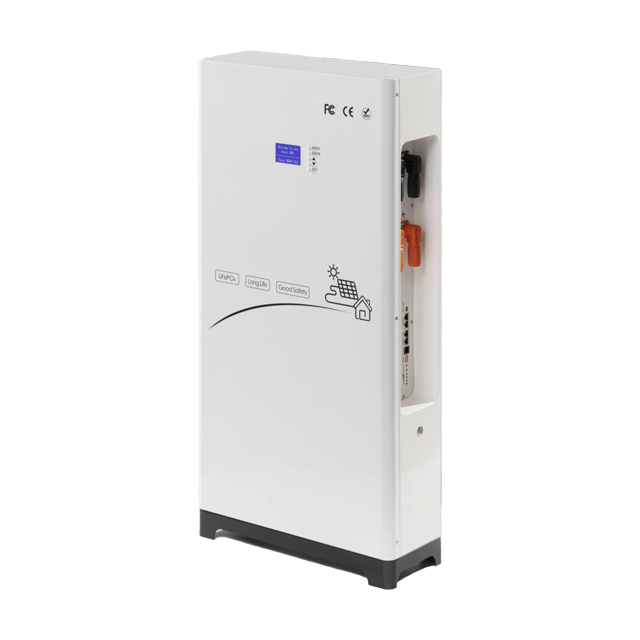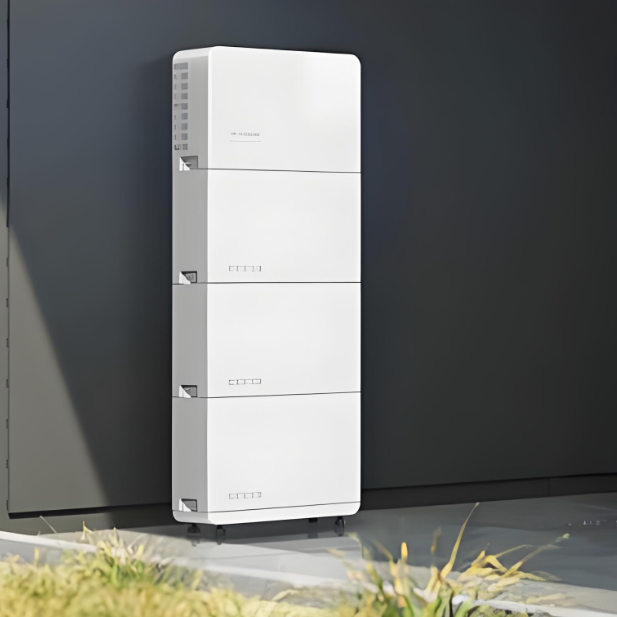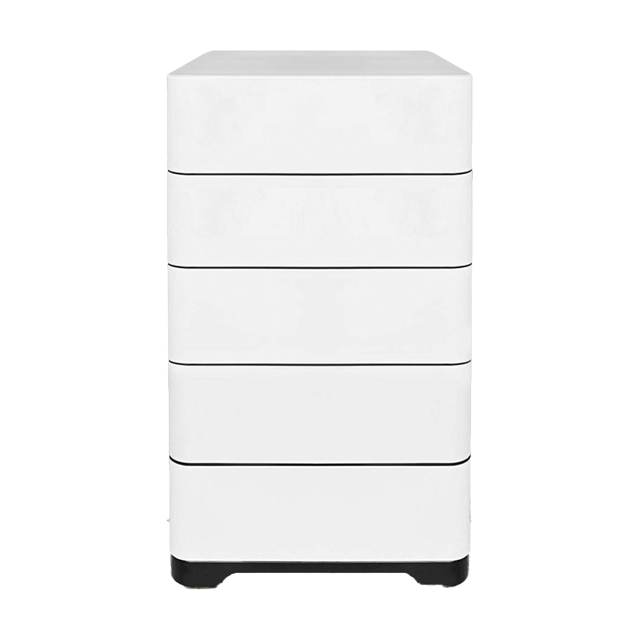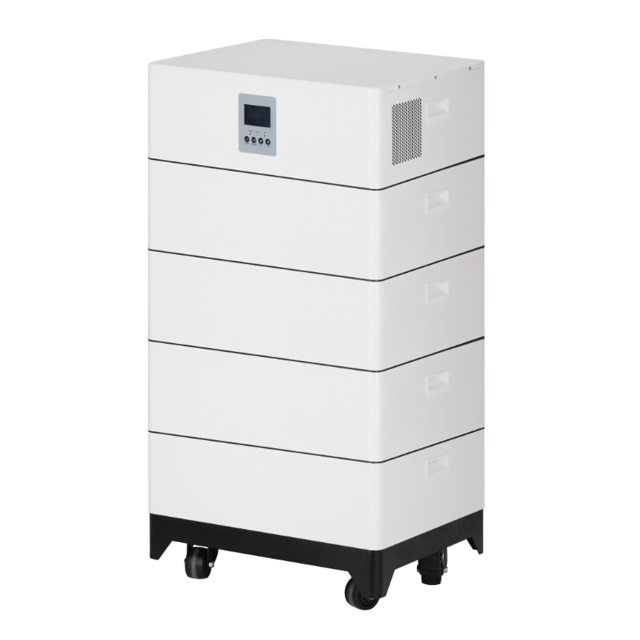Innovative Application Solutions for Single-Phase Distribution Transformers in U.S. Rural and Suburban Grid Modernization

1 Rural Grid Challenges and Technical Advantages of Single-Phase Transformers
The U.S. rural and suburban grid faces critical challenges: aging infrastructure and low load density result in inefficient power supply, with line losses reaching 7%–12%—significantly higher than urban grids (4%–6%). Over 60% of rural areas exceed the 300-meter power supply radius standard, causing widespread voltage instability (peak voltage drops of 15%–20%). Three-phase transformers in low-load-density areas (<2 MW/sq.mi) operate below 30% load rate, leading to excessive no-load losses. Single-phase distribution transformers address these issues through:
1.1 Technical Features
- Electromagnetic Principle: Voltage conversion via turns ratio between primary/secondary coils.
- Core Design: Utilizes spiral core technology and step-lap joint design with annealed cold-rolled silicon steel, reducing no-load losses by 30%–40% compared to S9-type three-phase transformers.
- Compact Deployment: Capacity range: 10–100 kVA; weight: 1/3 of three-phase units; pole-mounted installation minimizes footprint. Enables high-voltage (10 kV) direct access to residential areas, compressing low-voltage supply radius to 80–100 meters.
1.2 Efficiency and Cost Advantages
- Energy Efficiency: >98% operational efficiency at 30%–60% load due to reduced iron/corrosion losses.
- Loss Reduction: Line losses drop to 1%–3% (4–8 percentage points lower).
- Voltage Stability: End-point fluctuations controlled within ±5%, eliminating "last half-mile" undervoltage.
- Economic ROI: Installation cost: 8,000fora50kVAunitvs.8,000 for a 50 kVA unit vs. 8,000fora50kVAunitvs.28,000 for a 315 kVA three-phase unit. Payback period: 5–6 years (retrofit) or 2–3 years (new projects).
2 Technical Innovations and Design
2.1 Core Structure and Electrical Performance
- Winding Configuration: Low-high-low winding structure enhances short-circuit withstand capacity (>25 kA) and thermal stability.
- Connection Modes:
- Three-tap low-voltage: Mid-winding tap grounding for 220V dual-phase output.
- Four-tap low-voltage: Dual independent windings (10kV/220V ratio) for flexible supply.
- Safety Compliance: UL-certified; insulation class: 34.5 kV (150 kV BIL); self-resetting pressure relief valves and lightning protection.
Table 1: Technical Parameters of Single-Phase Transformers
|
Capacity (kVA) |
No-Load Loss (W) |
Load Loss (W) |
Weight (kg) |
Oil Volume (kg) |
Homes Served |
|
30 |
50 |
360 |
340 |
22 |
10–15 |
|
50 |
80 |
500 |
450 |
34 |
20–25 |
|
100 |
135 |
850 |
510 |
59 |
40–50 |
2.2 Advanced Materials and Smart Technologies
- Core Materials:
- CRGO Steel: Low-cost; no-load loss ≈ 0.5 W/kg.
- Amorphous Metal (AMDT): 70% lower no-load loss (0.1 W/kg); ideal for volatile loads.
- Smart Integration:
- Real-time monitoring of voltage/current/harmonics.
- Temperature tracking for insulation aging alerts.
- Automatic reactive compensation (power factor >0.95).
- Fault locators reducing recovery time (e.g., from 2.3 hours to 27 minutes).
3 Deployment Strategies and Scenarios
3.1 Target Application Areas
- Low-load density zones: Population density <500/sq.mi; load density <1 MW/sq.mi.
- Linear terrain (e.g., roadside communities).
- End-point voltage issues (<110V).
- Theft-prone regions (reduced low-voltage tapping risks).
3.2 Hybrid Single/Three-Phase Grid Architecture
- Topology: 10 kV backbone (three-phase, ungrounded neutral) supplies single-phase transformers via two phase lines (e.g., AB-phase).
- Phase Balancing: Rotational phase connection (AB→BC→CA) to limit imbalance <15%.
- Capacity Ratio: Single-phase units comprise 40%–60% of total capacity.
Table 2: Configuration by Scenario
|
Scenario |
Transformer Type |
Capacity |
Supply Radius |
Connection |
|
Dispersed households |
Single-phase |
30 kVA |
≤80 m |
Three-wire |
|
Suburban community |
Single-phase group |
2×50 kVA |
≤100 m |
Multi-phase |
|
Commercial street |
Hybrid single/three |
100+315 kVA |
≤150 m |
Power/lighting |
|
Agri-processing zone |
Three-phase |
500 kVA |
≤300 m |
Dyn11 |
3.3 Installation Optimization
- Pole Standards: 12 m/15 m concrete poles (load capacity ≥2 tons).
- Location Planning: GIS-based "golden center point" analysis for minimal line loss.
- Insulation: 15 kV cross-linked polyethylene conductors (95 kV lightning tolerance).
Case Study: Lancaster County, PA deployed 127 single-phase units (avg. radius: 82 m), reducing losses from 8.7% to 3.1% and saving 1.2 GWh/year.
4 Case Studies and Benefits
4.1 Project Analysis
- Iowa Grinnell Rural Retrofit:
- Replaced 4×315 kVA three-phase units with 31×50 kVA single-phase transformers.
- Results: Voltage stabilized at 117–122V; losses dropped to 2.3%; annual savings: 389,000 kWh; payback: 5.2 years.
- Arizona Suburban Expansion:
- Hybrid design (1×167 kVA three-phase + 8×25 kVA single-phase) saved 18% upfront cost (154Kvs.154K vs. 154Kvs.188K) and reduced losses by 5,800 kWh/year.
4.2 Quantified Benefits
|
Metric |
Pre-Retrofit |
Post-Retrofit |
Improvement |
|
Avg. supply radius |
310 m |
85 m |
–72.6% |
|
Line loss rate |
7.2–8.5% |
2.8–3.5% |
~60% |
|
Voltage stability |
105–127V |
114–123V |
+75% |
|
Outage frequency |
3.2/yr |
1.1/yr |
–65.6% |
Economic & Environmental Impact:
- Lower CAPEX: 20–40% savings vs. three-phase solutions.
- Annual Savings: $85–120/kVA from reduced losses.
- CO₂ Reduction: 8.5 tons/year per 1% loss reduction (coal-dependent regions).













